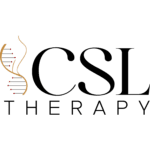CSL Body Altering Aesthetics Conference 2024!
Unlock the Future of Aesthetic Care & Let’s get down to business!
Location: 301 Camp Road 106, Charlotte, NC 28206
Date: December 7, 2024
Time: 9:00 AM – 12:30 PM EST
Conference Cost: FREE!
Other Event Options
Join us for a journey into the world of Body Altering Aesthetics. As professionals, enthusiasts, & innovators, we're at the forefront of a rapidly evolving industry.
Whether you're a seasoned expert, a supporting healthcare advocate, or just beginning your journey, this conference is your gateway to understanding the latest trends, regulations, and standards shaping the future of aesthetic care.
As an Allied Healthcare provider dedicated to excellence, you are looking for insights into the latest trends, access to this lucrative industry, navigating regulations and better relationships in body altering aesthetics, empowering you to deliver top-notch care and navigate industry changes with confidence.
For PostOp providers committed to optimizing patient recovery and satisfaction, you seek immeasurable insights into emerging techniques, industry shifts, and regulatory updates, equipping you with the knowledge and resources to elevate your practice and deliver exceptional post-surgical care experiences.
This conference is the body contourists ultimate resource for staying at the forefront of industry innovation, regulatory compliance, and cutting-edge techniques, ensuring you provide clients with unparalleled results and satisfaction in their body transformation journeys.
PreOp coordinators, as guardians of patient well-being and advocates for seamless surgical experiences, your coordination and attention to detail are essential. Your expertise ensures patients navigate pre-surgical processes with confidence, fostering trust and peace of mind during a critical juncture in their healthcare journey.
Step into a realm of innovation and refinement, where this conference offers surgeons like you the keys to elevate practice standards, optimize patient outcomes, and attract high-caliber clients through cutting-edge techniques and effective marketing strategies.
Recovery homeowners seeking recognition and a defined path to provide safe and comprehensive care for clients outside traditional assisted living facilities, this conference offers a platform to advocate for your role, establish industry standards, and ensure the well-being of your clients in a supportive and regulated environment.
Educators, you desire indispensable insights into industry trends, regulations, and standards, ensuring you’re equipped to prepare your students with the cutting-edge knowledge and skills they need to thrive in the ever-evolving world of Body Altering Aesthetics.
Policymakers, your dedication to advancing healthcare standards and regulations is paramount at this conference, where we focus on ensuring patient safety, fostering innovation, and championing policies that elevate the Body Altering Aesthetics industry for practitioners and clients alike.
For radio and news stations committed to reshaping public perception and improving the stigma around surgery, this conference offers an invaluable opportunity to collaborate with industry experts, share transformative stories, and amplify voices advocating for positive change, ensuring your platform contributes to a more informed and supportive dialogue surrounding body altering procedures.
State Universities, your pioneering research and innovative education initiatives are pivotal in driving industry transformation in Body Altering Aesthetics, shaping the future of healthcare practices and standards.
Discover the Essence of Body Altering Aesthetics
- ✓ Education: Gain invaluable insights into the essence of the industry, exploring its roots, evolution, and promising future.
- ✓ Regulations: Navigate the complex landscape of regulations governing aesthetic practices, ensuring compliance and ethical conduct.
- ✓ Standards of Care: Elevate your practice with a deep dive into the standards of care, fostering professionalism, safety, and client satisfaction.
FEATURING
VIP Panel Talk: $60
Time: 1:30p-3p EST
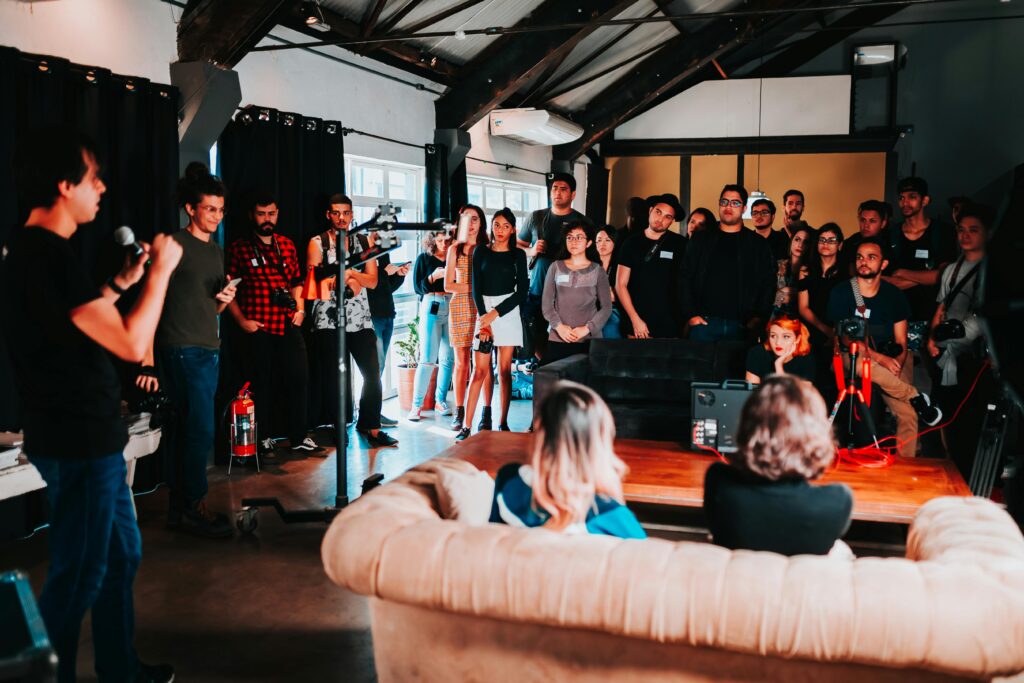
Exclusive VIP Panel Talk following the morning industry conference, where healthcare professionals delve into the pressing topic of “Using Research to Bridge the Gaps in Elective Aesthetic Healthcare”: exploring the transformative power of research in elevating the standards of body altering aesthetics. We will explore how research can be used to attract top-tier talent, identify critical gaps in the industry, and shape the future of healthcare. The panel will also address the growing importance of protecting clients and tailoring treatment plans to individual needs.
Engage in riveting commentary & gain insights from the forefront of the healthcare field as our panel of experts share their expertise in shaping the future of surgical healthcare through nutrition, mental hygiene, and ambulation. Don’t miss this opportunity to network with industry leaders & participate in an insightful discussion.
Sign up now to secure your seat at the table.
Sponsors & Exhibitors
Sponsors & Exhibitors
Our Partners and Sponsors are the driving force of the Body Altering Aesthetics industry!
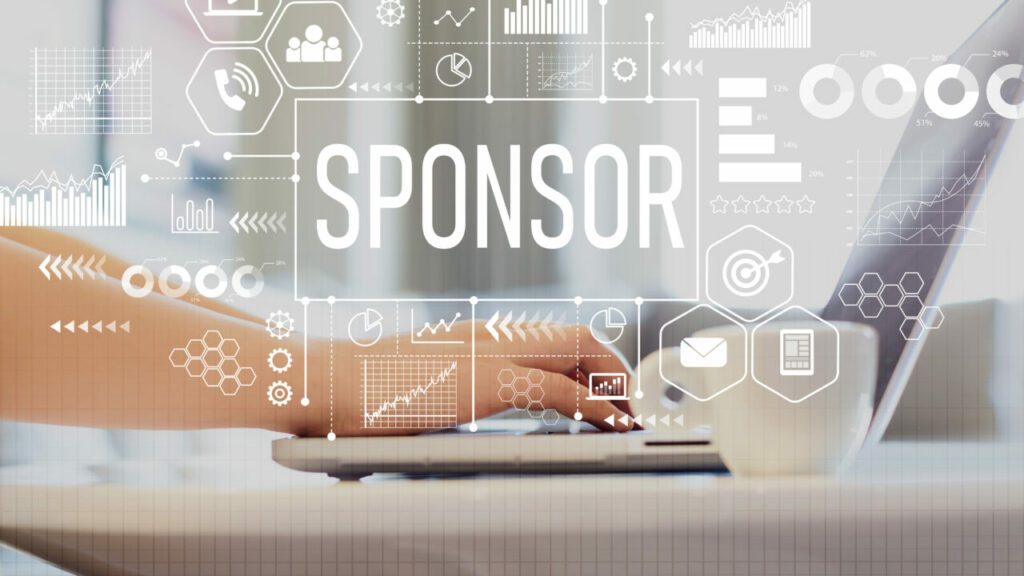
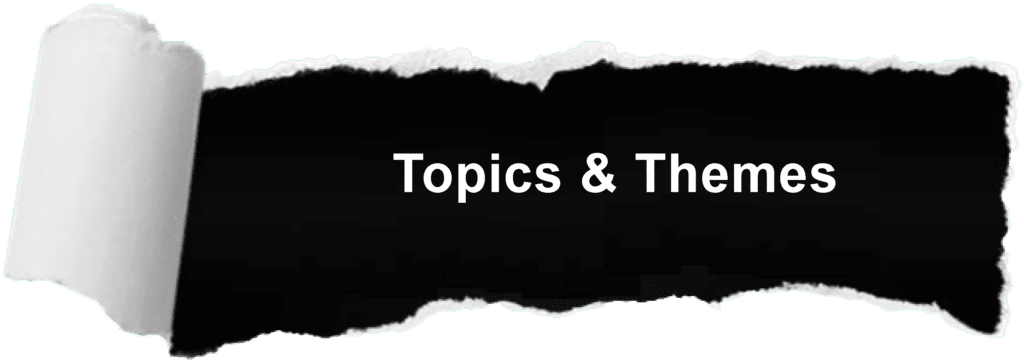
There is no doubt that healthcare’s multifaceted structure prompts challenges throughout the care continuum. Meanwhile, patients increasingly expect the convenience of a seamless, quality healthcare experience from clinic to the hospital, to post-acute care environments, and ultimately to their home. So, healthcare industry partners must work together to determine how to best employ technology, networking, and standards of care to improve the patient’s experience, accelerate care delivery—no matter where it happens—and improve client safety—all at the same time. Novel care models have the potential to deliver integrated patient care across the clients trauma remodeling continuum (Day 1- Week 8+ postOp) that results in positive quality outcomes and an outstanding experience for all involved.
Through the boom of aesthetic innovation, client healthcare needs have outgrown the ability of current policies and regulatory boards. How can we create new policies that honor and respect the needs of clients while protecting professionals? Reducing liability? Setting standards of care that meet the needs of today’s modern society?
New standards of care need to be implemented for today’s body aesthetic client demographic instead of trying to shove their needs into outdated approaches that not only no longer serve the general public or shareholders at large, but are actively creating negligence, incompetence, and malpractice epidemics throughout the country.
The current one-size-fits-all approach to body aesthetics is failing clients and providers. Current scopes of practice are limiting; and instead of evolving with the demands of clients, professionals have spent the last 10 years being told to climb back into the boxes they crawled out of. When and how are scopes of practice studied, updated, and executed to progress with the needs of the general public? How can we expand healthcare to include the needs of this niche demographic clientele and the professionals that care for them?
The rapid advancement of technological devices used in body aesthetics has left current regulations in the dust! This session tackles the need for industry-driven classification systems. The American Council of Body Altering Aesthetics and the CSL Therapy Governing Bureau have developed innovative new classifications for a category of transformative technologies. We’ll explore how these systems empower providers with safe and effective tools for trauma remodeling care, ensuring clients receive optimal treatment within a modern regulatory framework.
The ongoing transformation of healthcare towards a patient-centric model requires the collaborative efforts of healthcare providers, technology leaders, and patient advocates. Patients want care that is kind, convenient and fair. They want to be known, heard, and provided treatment plans that reflect and include their values. In addition, they expect emotional support, competent bedside manner, and assurance that their healthcare will be prioritized. While payers demand high quality outcomes and value for the care they are supporting, patients want access to care at a price they can afford. As aesthetic demands– surgically and non surgically– are on the rise keeping in mind consumerism and care navigations, how can we improve every touchpoint in the patient journey? How can we place clients back at the forefront of our policy making and caretaking?
Yes, we know healthcare is ripe for disruption, but has it actually been disrupted yet? Outside entrants are becoming primary players, patient value expectations continue to increase, workforce challenges are driving new models of care, and payers are expecting value from the financial investments they are making. The use of technology has already assisted in driving this healthcare revolution, but what can we expect in the next year? 3 years? 5 years? How will AI, wearables, robotics, and virtual care change the way we deliver patient care? What is on the horizon that we have not even imagined? What politics, new research, and legislation needs to be introduced to ride this new healthcare technology wave? Disruption can create a shift in mental models, creating opportunities for improvement in caring for our communities. Whatever may be next, let’s be ready to embrace it!
As we work to shape healthcare policy for a healthier tomorrow, we explore the US healthcare ecosytem’s critical and ever-evolving regulatory landscape. This includes Recovery Homeownership– expanding the depths of client care and regulations to include short term stay facilities that meet the needs of clients, safely. There is ample policy change on the horizon to allow our health system to keep pace with elective healthcare, a seismic shift in consumer demands and a heightened focus on professional needs. People are fed up with the US healthcare system and pleading for change, it’s time for the industry to respond with action. Experts, policymakers, and industry leaders are coming together to foster insightful dialogue, challenge the status quo that got us here, and chart the new course to reshape the future of healthcare as we know it.
Want to make it really official?
Get iMedic Board Certified!
CSL iMedic Board Certification + Seroma Network Certification
Cost: $627
Bundled with VIP Lunch: $659
Time: 4p-8p EST
Secure Your Spot Today
- Course Description:
- An exclusive certification course designed to equip providers with the expertise to support clients during the initial recovery period following plastic surgery. In this comprehensive 4-hour course, participants will learn essential techniques & protocols to effectively treat clients from Day 1 to Day 7 post-surgery.
- As part of this course, attendees will also have the opportunity to attain the specialized Seroma Network Certification, sponsored by the CSL Surgeons Governing Bureau. This certification, backed by regulatory authority and legal regulation within the Body Altering Aesthetics industry, provides professionals with the necessary recognition and protection when providing specialized services not covered by any other regulatory board besides CSL Therapy.
- Don't miss this chance to enhance your skills, gain valuable certifications, and safeguard your practice in this rapidly evolving field. Register now for this exclusive event at a discounted rate.
Regular Rate: $799 per person

Networking

Connect with like-minded professionals, forge valuable partnerships, and expand your professional network.
Learn

Learn
Stay ahead of the curve with cutting-edge insights, strategies, and best practices shared by industry leaders.
➡️ New Professional titles
➡️ New Standards of Care
➡️ New Governing Bureau body
➡️ New Board Certifications
Inspiration

Be inspired by success stories, transformative case studies, and the limitless potential of the Body Altering Aesthetics field.
Embrace the Evolution
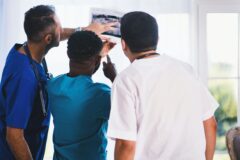
In a world where influence, research, and innovation converge, seize the opportunity to grow, evolve, and shape the future of Body Altering Aesthetics. With the help of Congress & some empowering transformational caring professionals, evolution has arrived.

Professionals already LICENSED in a medical healthcare field inclusive of Massage Therapy, Esthetics, Nursing, Phlebotomy, Dermatology, CNA, NMA, or PT/OT.
This does not apply to those that have only taken a lymphatic massage certification class. You must possess an actual license.
Board Certification allows professionals to practice noninvasive post surgical manual recovery care on clients from Day 1-7 with legal representation of skills and services that are governed under CSL Therapy’s regulatory board and Governing Bureau. It includes a Decree of Proclamation, Board Certification, website listing, and an exclusive Seroma Network Certification– accredited by the American Council of Body Altering Aesthetics.
Providers, professionals, and bodyworkers that assist clients Day 1-7 performing techniques and skills that clients of today need to heal with good skin integrity is out of scope of practice for every single regulated profession. There is not one single board that will allow providers to work on clients as needed, performing skills and techniques for appropriate trauma remodeling within scope… except CSL Therapy. This certification includes Board Certification, Board Representation, and Governing Bureau sponsorship of professionals who are certified through the National Body Altering Aesthetics competency program. This is an annual certification that includes quarterly CEUs and annual renewal to maintain board certification status. This certification also includes the exclusive specialized SEROMA NETWORK certification that teaches and trains professionals on how to effectively, accurately, and confidently aspirate seroma (developed and backed by Surgeons).
This combined iMedic Certification + Seroma Network Certification is backed by the Governing Bureau of CSL Therapy regulatory organization. This Bureau is accredited by the American Council of Body Altering Aesthetics in accordance with the Federal Department of Education.
The certifications professionals will receive will allow them to perform techniques and services on clients from Day 1-7 after plastic surgery with accredited standards of care within scope of practice as defined by the American Council of Body Altering Aesthetics.
While these services are NOT governed or even allowed by already defined regulatory bodies such as Massage Therapy, Nursing, or Esthetics, they are covered by the regulatory Bureau of Surgeons within CSL Therapy. Professionals are allowed to ONLY perform services and treatments as outlined within the well defined scope of practices for certified iMedics.
iMEDIC CERTIFICATION: Assist clients after surgery [in PPE compliant settings]; provide manual manipulation mobilizing soft tissue— which includes skin, fascia, T-interstitium fluid, muscles, tendons, and ligaments from Day 1 postOp to Day 7 postOp to trauma dermal tissue using topical anti inflammatory oils and creams and conducting gels, working with active incisions manually expelling fluid following PPE care and CSL Therapy sanitation protocols disposing of biohazard materials properly; clients are to be fully clothed during non-treatment interactions and in disposable garments during treatments; only uses Class 1 CSL devices on clients during treatment; may offer CSL direct complication diagnosis and prognosis not to identify any conditions outside of CSL Therapy complications— all other presentations are to be referred out. Incisions are not to be reopened by an iMedic past day 7. They specialize in moving fluid through the system, fundamental client education, early phases of compression, dressing maintenance, surgical drain care, lifestyle shifts, and supplemental directives. Treatments may include KT tape method applications using non-sports tape adhesive strips. Takes measurements, photos, and SOAP notes every client after every session maintaining good client records. Cannot provide PreOp massage treatments unless a licensed massage therapist with an active valid massage license and an advanced LANA approved lymphatic massage training certificate. May not treat wounds or burns from basic dressing; may not manipulate osseous tissue; may not perform any duties or treatments above licensure level without having additional licenses to substantiate. Cannot work on clients after day 7 postOp; they must see someone who is also licensed in PostOp-Indur. May not remove drains, stitches, or sutures.
SEROMA NETWORK CERTIFICATION: May aspirate seromas
Incisional treatments for Day 1-7 using devices that are in scope of practice for this modality + aspirate seromas.
In total, the program includes 65 hours worth of work (some of the work for certification will need to be completed prior to attending the conference).
CEUs will be given towards licensure and certifications in the Body Altering Aesthetics industry (iMedic, PostOp, Body Contouring, Wound Care) for the next 3 years.
1 yr; both certifications must be renewed every year separately
Renewal is due by November 1 of every year starting 2025.
iMedic Renewal: $100
Seroma Network Certification: $75
Complete quarterly CEUs for both certifications.
- Anatomy Fundamentals
- Connective Tissue Physiology
- Biomedical Health Sciences
- Complications & Contraindications
- Disease and Safety
- Allied Health and Body Systems
- Seroma Assessment & Evaluation
- Device & Equipment Integration, and technique
- Legal, Ethical, & Professional Development
To protect their clients, their practice, and their already existing licensures.
The National Body Altering Aesthetics Competency Program is an assessment system, developed and accredited by the American Council of Body Altering Aesthetics, with a focus on gauging professionals’ proficiency in the body altering aesthetics industry. This program has gained widespread recognition and adoption by various authoritative bodies such as Health Departments, Boards of Physicians, and Departments of Labor and Licensing. It stands as a benchmark for competency, with inclusions surpassing the minimum requirements set by the Federal Department of Education.
The development of this program is underpinned by a robust scientific method, integrating principles of cognitive learning, information acquisition, and knowledge retention. Our approach is rooted in a thorough understanding of how individuals learn, process information, and demonstrate retained knowledge. Through rigorous research and testing methodologies, we’ve crafted a multi-faceted assessment strategy that caters to diverse learning styles and testing modalities, ensuring a comprehensive evaluation of professionals’ competence.
This program employs a sophisticated framework consisting of nine criterion tailored to evaluate proficiency in the body altering aesthetics industry. These criteria encompass a broad spectrum of skills and knowledge essential for practitioners in this field, including but not limited to precise techniques, adherence to best practices, in-depth understanding of procedural nuances, and mastery of critical safety protocols. The program ensures practitioners have taken accredited foundational courses for their educational tracks, Gateway courses, lymphatic training, hands-on practicum, and proctored cognitive exams. Each criterion is rigorously analyzed to ascertain an individual’s expertise, ensuring a thorough and comprehensive assessment of their capabilities within the industry.
The body-altering aesthetics industry encompasses a range of cosmetic procedures and treatments aimed at enhancing or altering one’s physical appearance. This industry includes both non-invasive and post-invasive recovery treatments and modalities that modify various aspects of the body, such as the face, skin, and physique— with a focus on the thoracic cavity. Common services within this industry involves post-medical surgeries, body sculpting treatments, injectables, noninvasive laser procedures, and other forms of aesthetic enhancements.
A list of services offered and governed within the Body Altering Aesthetics industry can be found: https://csltherapy.org/treatments-services-and-techniques-offered-in-the-body-altering-aesthetics-industry/
